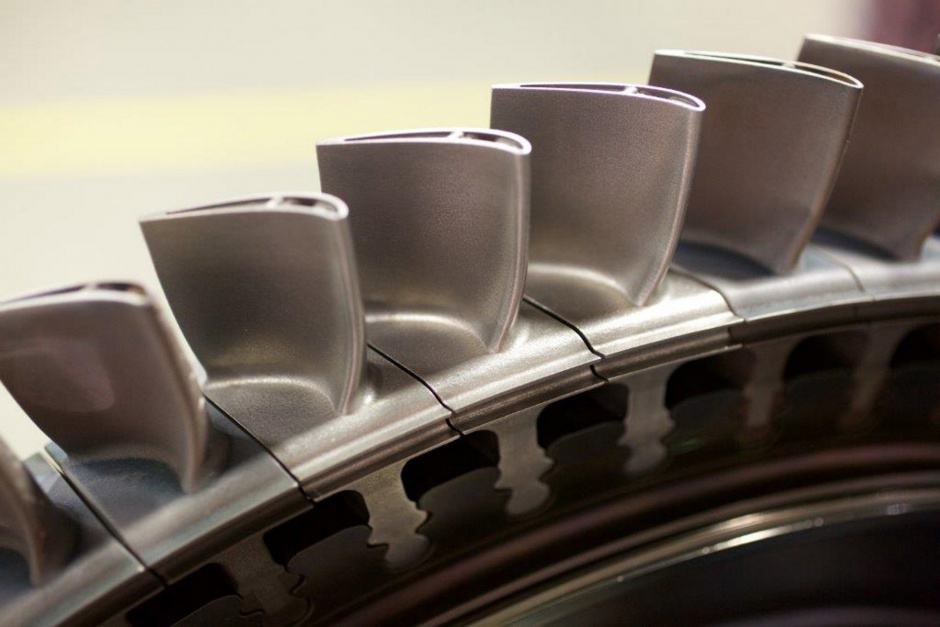
Subjecting the components to 13,000 revolutions per minute and temperatures beyond 1,250°C the company successfully validated multiple AM printed turbine blades with a conventional blade design at full engine conditions, and also tested a new blade design with a completely revised and improved internal cooling geometry.
The tests were carried out at Siemens’ industrial gas turbine factory in Lincoln, and used blades manufactured at its newly acquired company, Worcester based 3D printing specialist Materials Solutions.
The blades, which were installed in a 13MW Siemens SGT-400 industrial gas turbine were made out of a powder of high performing polycrystalline nickel superalloy. This allowed them to endure high pressure, hot temperatures and the rotational forces of the turbine's high-speed operation.
At full load each of these turbine blades was travelling at over 1,600km/h, carrying 11 tons or equivalent to a fully loaded London bus, surrounded by gas at 1,250 °C and cooled by air at over 400 °C.
"This is a breakthrough success for the use of Additive Manufacturing in the power generation field, which is one of the most challenging applications for this technology," said Will Meixner, CEO of the Siemens Power and Gas Division.”
Meixner added that the breakthrough will help Siemens accelerate the development of new gas turbine designs. “This new flexibility in manufacturing also allows Siemens to develop closer to the customer's requirements and also to provide spare parts on demand," he added.




April 1886: the Brunkebergs tunnel
First ever example of a ground source heat pump?